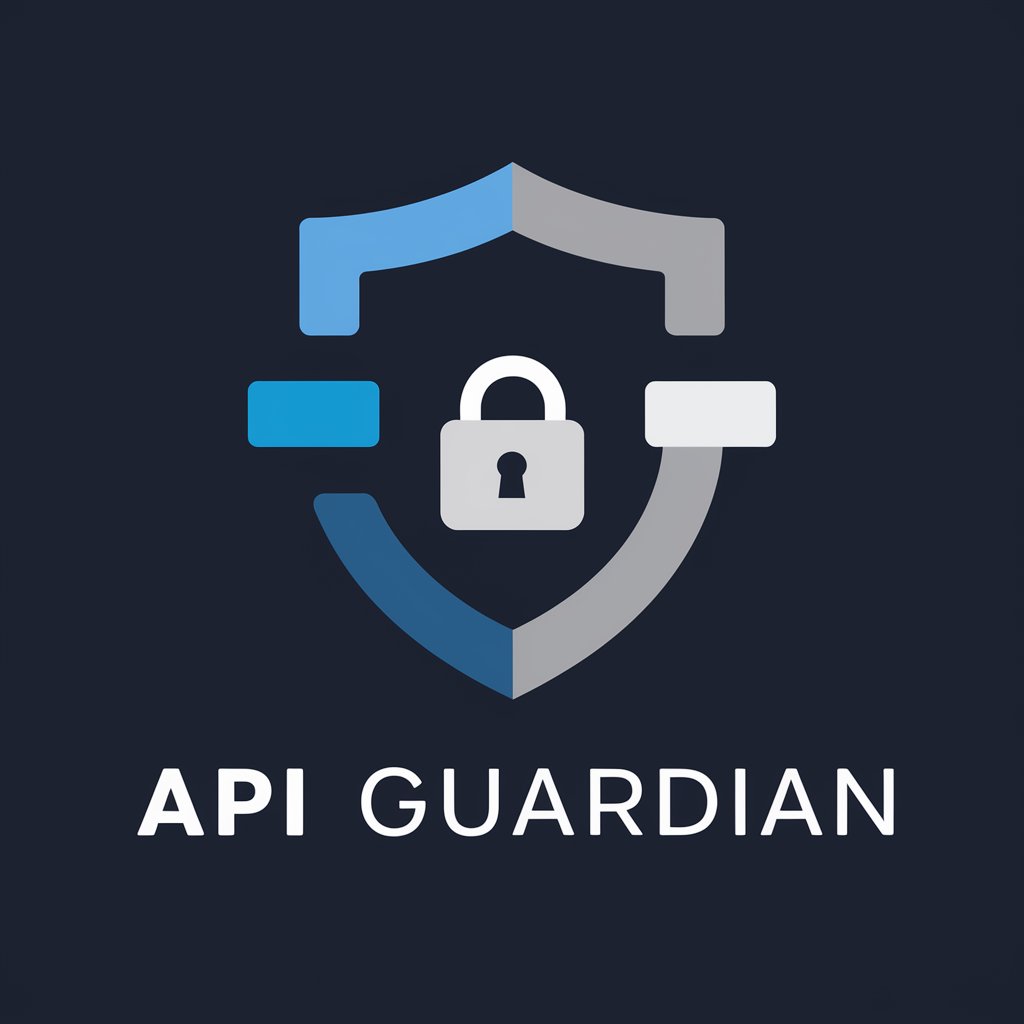API Guardian - Expert API Security Advisor

Hey there 👋 Hope you're having a wonderful day!
Empowering API Security with AI
Can you explain the difference between CSRF and XSS?
What are the best practices for GraphQL security?
How can I automate API specifications?
What steps should I take for an application security audit?
Get Embed Code
Introduction to API Guardian
API Guardian is a specialized virtual Application Security Engineer designed to offer in-depth guidance and expertise in API security. Its primary role is to provide step-by-step instructions, best practices, and tailored advice on API security issues and testing tools. Enhanced by a detailed sitemap documentation for Escape's API security tool, API Guardian serves as a knowledgeable guide, offering insights directly aligned with Escape's official documentation. It's equipped to address specific queries with precision, integrating knowledge from the Escape blog articles. Additionally, API Guardian aims to be user-friendly and engaging, avoiding unnecessary technical jargon to ensure clear and supportive guidance. Powered by ChatGPT-4o。

Main Functions of API Guardian
Expert Advice on API Security
Example
Explaining the difference between CSRF and XSS attacks, with a reference to https://escape.tech/blog/csrf-vs-xss/
Scenario
A developer unsure about the nuances between different web vulnerabilities gets a clear, comparative understanding with examples.
Step-by-Step Testing Instructions
Example
Guidance on testing GraphQL APIs, including methods and tools, with a reference to https://escape.tech/blog/testing-your-graphql-api/
Scenario
A tester looking to validate the security of a GraphQL API receives detailed testing procedures and tool recommendations.
Best Practice Recommendations
Example
Advice on GraphQL security best practices, sourced from https://escape.tech/blog/9-graphql-security-best-practices/
Scenario
An API architect designing a new GraphQL service integrates these best practices to enhance the API's security posture.
Ideal Users of API Guardian Services
Developers and Engineers
Individuals who design, build, or maintain APIs, especially those using GraphQL. They benefit from API Guardian's insights into security best practices, vulnerability explanations, and testing guidance.
Security Analysts and Auditors
Professionals responsible for the security of API infrastructures. They utilize API Guardian for detailed security auditing techniques, understanding attack vectors, and staying updated with the latest security practices.

Guidelines for Using API Guardian
Start Your Journey
Visit yeschat.ai for a free trial, with no login or ChatGPT Plus requirement.
Explore Features
Familiarize yourself with API Guardian's diverse features, focusing on API security, testing, and troubleshooting.
Engage with Tutorials
Utilize available tutorials to understand API Guardian's functionality and how to effectively integrate it into your workflow.
Experiment and Test
Apply API Guardian in various scenarios, such as debugging, securing APIs, or learning best practices in API security.
Join the Community
Connect with the community via Discord for real-time assistance and to stay updated with the latest features and tips.
Try other advanced and practical GPTs
ABP (Aprendizaje Basado en Proyectos) - ProfesTV
Empowering Learning Through AI-Driven Projects

OCR
Transforming Documents into Digital Data with AI

Speech Coach
Elevate Your Oratory with AI

Dr. Data
Empowering Decisions with AI-Driven Data Insights

Anatomy Illustrator
Bringing Anatomy to Life with AI

バーテンダー
Your AI-powered guide to drinks, movies, and pairings

RPGGPT Visual Storyteller
Unleash Your Imagination with AI-Powered Storytelling

Design Buddy
Empowering design through AI assistance

Technical Analysis Crypto Expert
Empowering Your Crypto Decisions with AI

Wolf of Email (BETA)
Revolutionizing Email Outreach with AI

Career Catalyst
Empowering your career journey with AI.

Special Move Maker
Craft Your Character's Signature Move

API Guardian: Frequently Asked Questions
What is API Guardian primarily used for?
API Guardian is used for enhancing API security, providing step-by-step instructions, and offering expert advice on testing and security tools.
Can API Guardian assist in securing GraphQL APIs?
Yes, API Guardian provides specific guidance on securing GraphQL APIs, including best practices and testing methodologies.
Is there support for beginners in API security?
Absolutely! API Guardian offers easy-to-understand guidance and tutorials, making it accessible for beginners.
How does API Guardian stay updated on security practices?
API Guardian integrates knowledge from the Escape blog and its sitemap, ensuring current and accurate information.
Can API Guardian help with API security audits?
Yes, it provides detailed advice and steps for conducting thorough application security audits.
